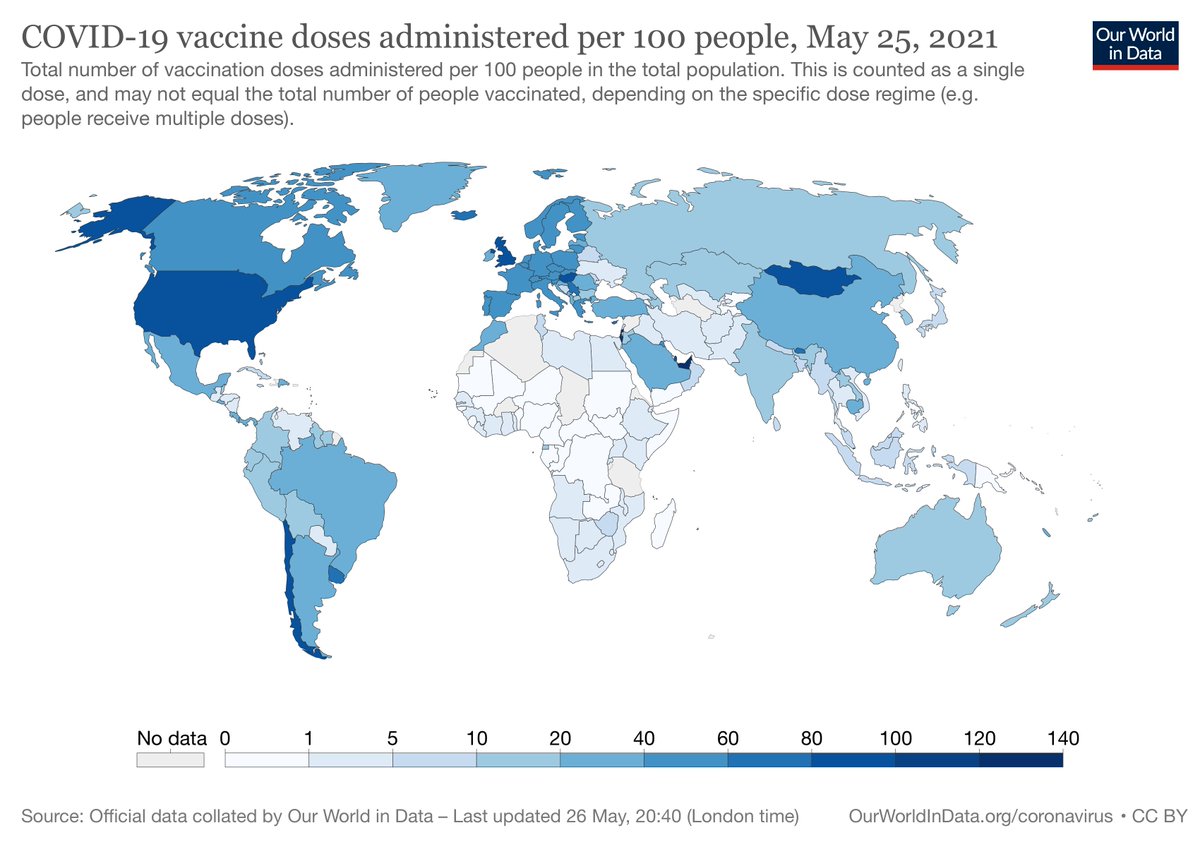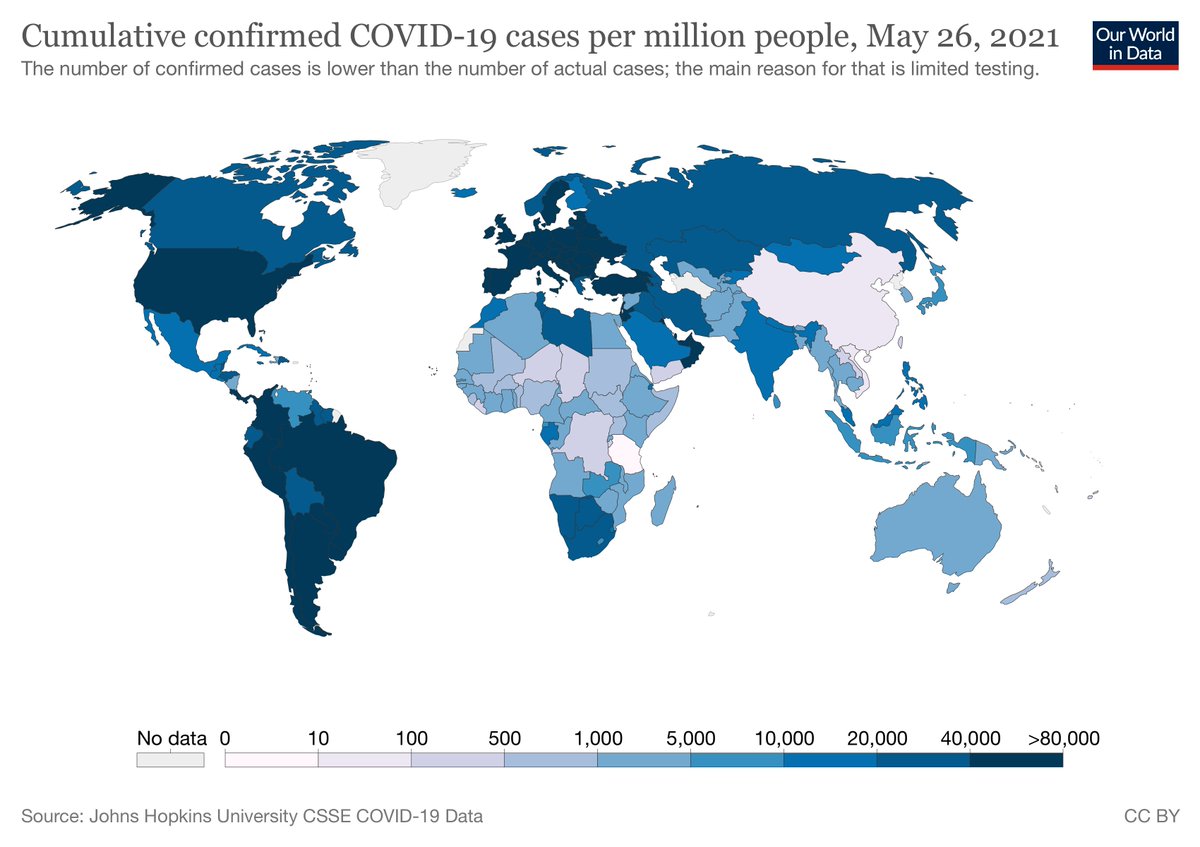
1/7
Has the herd immunity threshold (HIT) been used sensibly in the Covid19 pandemic? No! Why does that matter?
Has the herd immunity threshold (HIT) been used sensibly in the Covid19 pandemic? No! Why does that matter?

2/7
An epidemic (with several waves) may last longer than expected because: (1) it had high potential to begin with and mitigation prevented it from growing vertically so it grew horizontally (single HIT number thinking); or...
An epidemic (with several waves) may last longer than expected because: (1) it had high potential to begin with and mitigation prevented it from growing vertically so it grew horizontally (single HIT number thinking); or...
3/7
(2) it didn't have as high potential as one might think but viral evolution, seasonality, waning immunity, population renewal, kept it going (dynamic HIT thinking).
(2) it didn't have as high potential as one might think but viral evolution, seasonality, waning immunity, population renewal, kept it going (dynamic HIT thinking).
4/7
Heterogeneity models leading to low-initial-HIT interpretations are perfectly reconciled with data if we think like (2) but homogeneity models leading to high-initial-HIT may appear better if we think like (1).
Heterogeneity models leading to low-initial-HIT interpretations are perfectly reconciled with data if we think like (2) but homogeneity models leading to high-initial-HIT may appear better if we think like (1).
5/7
This pandemic has been handled largely according to interpretation (1) but it remains to be established whether (2) might have been more appropriate. [Attempts to disprove either (1) or (2) have not been conclusive to this date.]
This pandemic has been handled largely according to interpretation (1) but it remains to be established whether (2) might have been more appropriate. [Attempts to disprove either (1) or (2) have not been conclusive to this date.]
6/7
Importance of (1) vs (2) distinction is more than academic. Epidemic waves tend to be more powerful and require more mitigation with little margin for tradeoffs in scenario (1), but would be great news for handling future pandemics if reality proved more like (2).
Importance of (1) vs (2) distinction is more than academic. Epidemic waves tend to be more powerful and require more mitigation with little margin for tradeoffs in scenario (1), but would be great news for handling future pandemics if reality proved more like (2).
7/7
Surely future research will clarify. I hope that enough of us remain motivated and that we get enough answers before the next pandemic.
Surely future research will clarify. I hope that enough of us remain motivated and that we get enough answers before the next pandemic.
Note: The image is a sketch to illustrate the idea. Not from a model this time.
• • •
Missing some Tweet in this thread? You can try to
force a refresh





